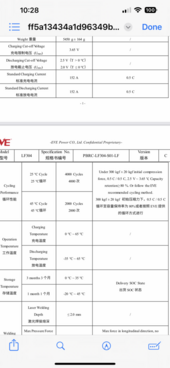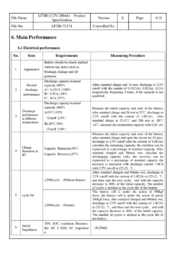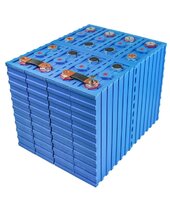Sorry, I know this topic is discussed in different threads and it seems to be a matter of opinion (mostly for high capacity setups)
I saw below OffGrid Garage video, As I understood, for a high capacity stationary setup(since cycle count is low), compression might NOT be useful.
BUT if we limit the scope for a stationary AND low capacity set up(for a Off Grid Solar system where daily cycle count could be 1 to 2 - i.e. for a year 365-730 cycle count), compression is clearly advantages right (since we are likely to utilize 3000-4000 "good" cycle count within 5 years) ?
I saw below OffGrid Garage video, As I understood, for a high capacity stationary setup(since cycle count is low), compression might NOT be useful.
BUT if we limit the scope for a stationary AND low capacity set up(for a Off Grid Solar system where daily cycle count could be 1 to 2 - i.e. for a year 365-730 cycle count), compression is clearly advantages right (since we are likely to utilize 3000-4000 "good" cycle count within 5 years) ?






